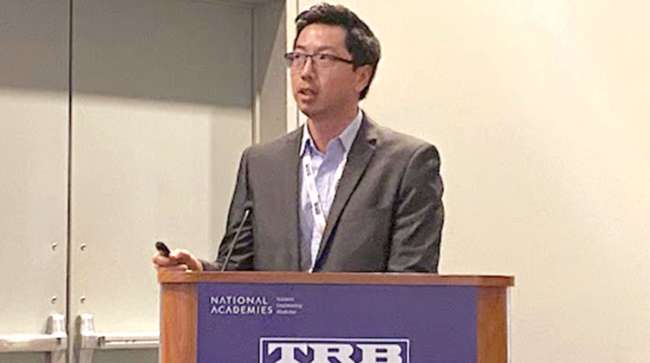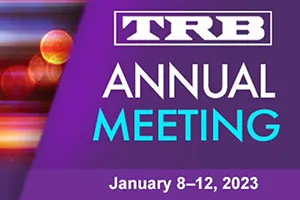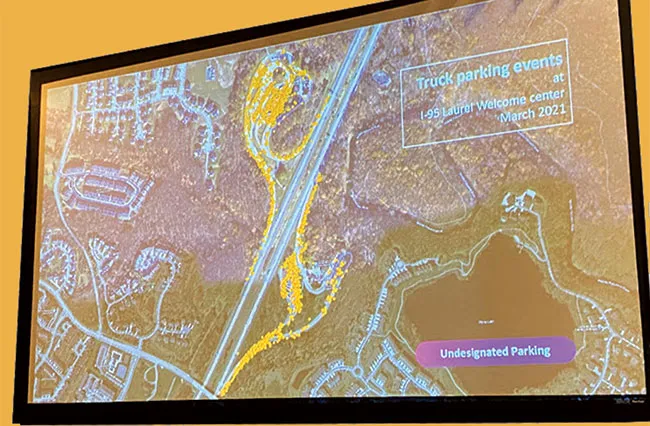Staff Reporter
Truckers Need Better Visibility Into Open Parking Spaces, Study Finds

[Stay on top of transportation news: Get TTNews in your inbox.]
WASHINGTON — Research conducted at an interstate rest stop along a busy East Coast freight corridor found that truckers are missing out on open parking spaces due to a lack of visibility into what’s available, and drivers’ perception based on trucks already parked along the side of the highway that all spots are taken.
“The most influential factor — or the dominant factor — that affects a driver’s decision to park in the authorized or unauthorized area is other trucks parked outside of the parking lot upon their arrival,” said Jack Kong, assistant research scientist at the Texas A&M Transportation Institute, during a Jan. 9 panel on truck parking held during the Transportation Research Board’s annual meeting. Parking areas can look full from the entryway even when they are not, he said. But once some drivers start parking on the ramp, that reinforces to those that follow that there are no more spots.
In an effort to learn more, Kong and his team researched parking area utilization at the I-95 North welcome center in Laurel, Md. They wanted to see whether drivers were fully taking advantage of available parking spots at the site. They used on-the-ground data collection and satellite images to compare trucks parked on the side of the highway and ramp with trucks parked in authorized parking areas.

“We found out that for some parking sites — at a certain time — there are available spots in the parking sites, but truck drivers still choose to park and rest in undesignated parking areas,” Kong said.
The research determined that drivers were parking in unauthorized areas because of a perception that there were no more authorized spots. This is due, he said, to incoming drivers seeing what other drivers were doing.
Another contributing factor was the level of visibility into the parking area.

Map showing welcome center in Laurel, Md., which was used as the basis for research on parking space availability for truck drivers. (Texas A&M Transportation Institute)
Kong believes these findings open possible solutions to help improve parking area utilization rates, which could help ease a broader national shortage of truck parking. For example, technology such as geofencing could be used to better show where exactly designated and undesignated parking areas are. Another possible solution is redesigning parking areas so they are more visible from the entryways.
Enjoyed listening to fellow @TTITAMU researcher Jack Kong present on his truck parking behavior study. #TRBAM pic.twitter.com/7KWRX3fUIZ — Jeff Warner (@jeffwarner) January 9, 2023
“There’s a dilemma here for the truck drivers as well as for law enforcement because after a couple of hours of driving, the drivers are tired and they’re supposed to take a break, but they cannot find the parking space,” Kong said, a reference to federal hours-of-service regulations that mandate rest breaks for truck drivers.
RELATED: Parking is the most pressing issue facing truck drivers, according to ATRI survey
Kong also suggested that by leveraging existing databases and technology, drivers can be better informed whether a given parking area has open spots.
Want more news? Listen to today's daily briefing below or go here for more info:

